|
Finding creative, delicious options for breakfast for someone who is intolerant to milk (whether it is due to the lactose or casein) is difficult. However, this Honey Maple Banana Oatmeal is the perfect solution... because it is dairy free! How am I able to create such a creamy texture for the oatmeal without using milk? Well, I learned a wonderful secret from Veggie Inspired's website: mixing water and banana puree creates the silky texture everyone loves in oatmeal. Expanding on this, I substituted half the water for almond milk to get it even creamier! Believe me, this recipe is very easy and delicious. Honey Maple Banana Oatmeal5 bananas 1 cup water 1 cup almond or coconut milk 1/4 cup honey (get the real stuff!) 1/4 cup maple syrup 1-2 tsp vanilla extract (to taste) 2 tsp almond extract (to taste) cinnamon (to taste) Directions This recipe is super simple. Place the ingredients in a blender and puree it until smooth. Then, store it in the refrigerator until morning. Is that it? Yup! In the Morning... The amount above will make about one week’s worth of puree. Right before you want to make your oatmeal in the morning, shake the puree to make it homogenous (it will separate a bit over night). Then measure out twice as much puree for the amount of oatmeal. So, for example: 1/2 cup puree + 1/4 cup oats -- OR -- 2/3 cup puree + 1/3 cup oats After mixing the oats with the puree, microwave it for 1-1.5 minutes. You now have perfect, sweet oatmeal with natural ingredients. No processed stuff! Yum! Alternative Options If you don't mind mushy oats, you can combine the oats and puree when you make it, but I prefer to wait until morning so the oats do not get soggy! Smaller oats also work better.  If you want less sweet oatmeal, just cut back a bit on the honey and maple syrup! Have you got a favorite recipe that works around your intolerance or a favorite oatmeal recipe?
Tweet it to us @tailoredtouches!
2 Comments
 Clay was one of the first ingredients I worked with when creating products for Tailored Touches. After so many initial experimentations to find the ideal clay for each product, I grew to have a great attachment to it. Clay is such a unique additive and great enhancement to certain products, so I try to incorporate it as much as I can. Seriously, just one tablespoon of clay can really make a difference. In the next few blogs, I am going to dive into the different types of clays that I use and why I choose them. For this particular blog, let’s talk about kaolin clay! While clays in general contain a variety of minerals, kaolin clay consists of a hydrated mineral form called kaolinite. It is one of the oldest clays --it was found in China in the 7th century -- yet it holds some wonderful properties that are so good for the skin! Kaolin clay can be used to make medicine and also be used to help stop wounds from bleeding. In skin-care, it is a versatile ingredient that helps to deep clean the skin and soften it or to use as a natural colorant. Did you know that the word “kaolin” means “high ridge”? It is a reference to the hill in south-eastern China where it was first discovered and then used to make... porcelain of all things!  Kaolin clay has a “slippery” property which is oh-so-good-for-you when you are shaving! This clay (and any other clay, in fact) gives products what we call “slip.” For example: when you are shaving, you know how you want the razor to glide effortlessly over your skin to avoid cutting yourself? Well, clay helps give soap that slippery effect. For similar reasons, a little bit of clay can be added to regular hand and body soap to give it some glide. Having some “slip” in your body soap is one thing, but a shaving soap has to have way more clay than regular soap so you don’t cut yourself! I also love kaolin clay because it is a natural colorant. Kaolin clay comes in a variety of colors due to different iron percentages within it. There is a beautiful rose kaolin clay that I use to give my soaps a nice blush color, while a purple Brazilian clay gives products a purple tint. Did you know that kaolin clays are very absorbent? That’s how the clay anchors the fragrance and allows the products to maintain their natural scent for months! Perhaps most importantly in the good-for-you category, kaolin clay has strong drawing properties. The clay will attract excess oils in the skin and draw them out from the skin along with any impurities in these oils...hence the term “drawing properties.” This is a great property for face masks, so you will see we offer a lot of different types of clay face masks!  I have my clays in powder form, and I keep them at room temperature. With this easy maintenance, my clay stocks are able to last quite a while. With clay, because it is attracted to oil molecules, the order of operations in my recipes is critical. For example, for the Tailored Touches Black Salt Clay soap, I first mix distilled water with the clay to create a slurry mixture. I add the oil component last so it does not clump the clay and instead, we keep that consistent slurry texture. It is then easier to work with and I am able to create different soap molds with it. The same order of operations is critical when making face masks--after all, who wants a clumpy face mask? Remember clay has amazingly strong drawing properties, so be careful and follow instructions on how to use it. Do not wear clay masks overnight, or else they may start drawing out not only the excessive oils, but also the good oils you need! Because of kaolin clay’s versatility and long shelf life, I use clay in a wide variety of Tailored Touches products, including shaving soap (for men and women) and facial masks. Treat yourself to a Home Spa Day or incorporate kaolin clay into your daily routine with any of the products below:
As we all move toward healthier lifestyles, folks are increasingly figuring out they are intolerant to wheat, gluten, eggs, milk, and other common ingredients. These intolerances can make you stomach sick or sometimes just tired. They can also make you sniffly or give you headaches. If you're one of those who has intolerances, try this pancake recipe sans milk, egg whites, and wheat!
Why do we mix the flours? There is no exact replacement for wheat flour, so we mix the other flours to avoid common issues with each one. Too much rice flour makes it grainy; too much coconut flour makes it clumpy and dry; and too much corn flour makes it taste like... well, corn. Mixing all three helps give your pancakes the right texture and taste! It'll never be exactly like wheat flour, but it gets pretty close! We recommend that you mix all of the ingredients except the flour first. Then, start by mixing in 1/2 cup of mixed flour. Slowly increase the amount of flour you add until the batter has some density (but still slightly runny). You may need up to a cup of flour depending on your mixture ratio. Why this recipe? One of the members of the Tailored Touches team has just found out about an intolerance to egg whites, wheat, and casein in milk. For her, wheat causes fatigue, and milk causes stomach sickness. Boy, does it make cooking hard! Did you know the protein in egg whites (albumin) is also found in wheat? Not all wheat intolerances are to gluten. We didn't know that until recently! We also found out that a milk intolerance is not necessarily the same as a lactose intolerance. Some folks are intolerant to the protein in milk (casein), not the sugar (lactose). Those with a casein intolerance can get away with butter and cream, which have only trace amounts of casein, but cannot have milk itself. Fascinating! Have you got a favorite recipe that works around your intolerance? Tweet it to us @tailoredtouches!
Ingredients: Buttermilk & Goat's MilkAs a soapmaker, I love to explore different liquid ingredients that add benefits to my soaps. My exploring has led me to cider, wine, beer, tea, and milk. As you know from our Coconut Milk blog, milks can add skin-softening goodness to soap. Two of our favorite milks are buttermilk and goat’s milk. Both are deliciously rich and packed with healthy nutrients for your skin.
Fresh goat’s milk spoils quickly, so I use the goat’s milk powder instead for our goat’s milk soap. I have found that the powder is easier to add to my soaping oils and have crafted my recipes accordingly so they use the powdered form. Buttermilk is used in several of our artisan soaps because it adds a creamy moisture and a rich lather. It gently exfoliates the dead skin cells away to expose the skin’s healthy glow. Deep-cleaning and astringent properties keeps your skin looking its youngest! Here are our products with creamy buttermilk! Goat’s milk richly moisturizes dry skin, so we use it in our Goats and Oats Artisan Soap and our Black Salt Clay Soap for shaving. Let your skin enjoy! For future discounts and sales notifications, please sign up for our newsletter!
Ingredients: Coconut Milk & PowderMmmm, creamy coconut is such a rich and delicious food. Although it is commonly used in the kitchen, coconut milk can actually be used as a luxury ingredient in soaps, lotions, and bath bombs as well. This favorite food of mine has become a go-to ingredient in many of our products because it packs a punch with a ton of benefits. As a food, coconut milk has a high nutritional value because it is packed with vitamins and minerals that the body craves, including Vitamins C, E, B1, B3, B5, and B6 and selenium, iron, copper, phosphorus, magnesium, and calcium. The body needs vitamins to bolster the immune system, regenerate cells, build muscle and bone, and convert food to energy. It also needs minerals to remain healthy. The body uses copper to form connective tissues, maintain the normal function of muscles, and promote its overall growth and health. Selenium helps protect against infection, and it also helps in reproduction, DNA production, and thyroid gland functions. Iron builds strong blood; calcium builds strong bones with the help of phosphorus; and magnesium aids in over 300 enzyme reactions that can lead to thousands of biochemical reactions everyday to keep nerves, muscles, and other functions operating smoothly. All of this goodness is found in coconut, so we use it a lot! 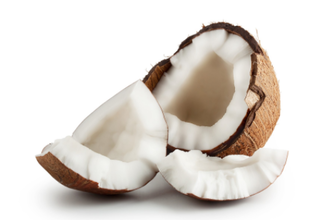 Considered a luxury ingredient, coconut adds so many benefits in skin-care products. High in natural fatty acids and rich in vitamins and minerals, it pampers, soothes, and restores the health and glow of dry or aging skin. The oils in the coconut milk make it a great cleanser because they provide a deep cleaning without clogging the skin’s pores! Coconut milk’s gentle softening effect is also perfect for almost all skin types. We also use coconut milk powder. It is a great ‘good for you’ stand-in for traditional “fillers” like cornstarch or clays that are found in most commercial bath products. Coconut is just so much better for you! Coconut milk is one of my favorite ingredients to work with because of its oh-so-creamy texture, velvety smooth feel, and delightful scent. Coconut powder has that same wonderful scent, too. I use both in my recipes… so how do I decide which to use?
|
| Coconuts grow on very tall, thin trees. You can wait for them to fall or climb up the tree and get them. Coconut trees are often referred to as “Trees of Life” since every part of a coconut can be used - as food, drink, fiber, fuel, or utensils! But.. coconuts are not even technically nuts; they are botanically classified as fruits! On a trip to Zanzibar in 2014, my daughter saw a guy climb a coconut tree, throw a few down, then expertly cut them open to enjoy. Yum! |
| Our Coconut Milk Bath uses powdered coconut milk to combat dryness and add a healthy glow to your skin. Combined with cocoa butter, pink Himalayan salts, and honey powder, this milk bath will treat your skin like royalty. The coconut milk and cocoa butter will soften and soothe dry skin, the salts will provide a deep skin cleansing, and the honey has a moisturizing effect. It also smells divine, which we think is ultimately why it is one of our best-sellers! |
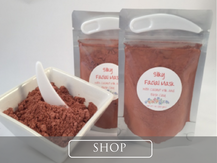
The coconut milk powder combined with Kaolin clay and colloidal oatmeal helps to pamper, clean, and soften your skin.
The mask will gently exfoliate any dry skin to make your skin glow!
| Our Signature Bath Bombs come in a wide variety of scents, but each one also has a healthy dose of coconut milk powder to boost the bubbles and to soothe dry skin. Paired with coconut oil, the coconut milk not only relaxes you but pampers your skin without using unnecessary fillers I mentioned. Win-win. |
| Tailored Touches carefully crafts all of its personal care products from the very best “good for you” ingredients. With Melissa’s Toolkit series, we want to give you all an inside look at why and how we use what we do. |
Honey
| Honey is a nutritional, natural form of sugar. It retains its “good for you” properties as long as it is not heated over about 95° (the temperature of a normal bee hive). Once you heat it beyond what nature intended, you destroy many of its nutritional properties. If you play by those rules, honey will last forever. In fact, it is the only food that never spoils. If you found honey from the Stone Ages, it would still be good… maybe a bit crystallized but still as good as ever. So, how do you know if you have the good stuff? One trick is to look for that crystallization. Real honey will crystallize while the diluted, over-heated, or ultra-filtered stuff will not. If you have crystallized honey, just put the bottle in a pot of warm water until the crystals melt back into honey. Just keep it below 95°… |
Beeswax
Honey

Beeswax
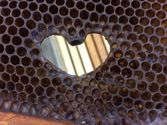
Want to try some honey and beeswax products? Buy now by clicking on the pictures below!
| Freezing: Freezing is the quick and easy way to save your summer fruits and veggies. Wellness magazine SparkPeople suggests just washing and drying your produce before laying it out on a baking tray in a single layer. If you are freezing a larger fruit - like a peach - core, skin, and slice it into smaller bits before putting it on the tray. Stick the tray in the freezer for several hours. When you take it out, your produce pieces should be separately frozen, which will make less difficult to break them apart after they have been sitting in freezer bags for a couple of weeks! |
| Canning: For the canning method, clean all canning jars and lids. Clean, peel, seed, and cut the fruit or vegetable before placing it in the jar along with the salt, sugar, or other spice content specified by the recipe you are following. Cap the jar with the lid and ring before placing it a large pot. Add enough boiling water to reach an inch above the top of the jar. Let everything simmer for the time listed by your recipe before carefully removing with tongs. You should be left with nicely sealed jars. |
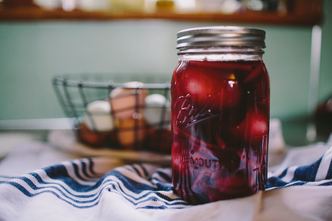
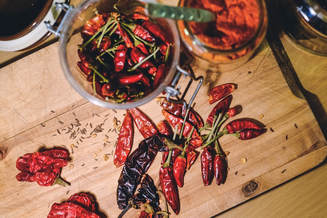
Packed into a witch’s cauldron and topped with a festive soap in the shape of either a ghoulish eyeball or a cute ghost, the bath bomb will bubble over as you dunk it in your warm bath waters. Your water will magically transform into a ghastly green or mystical purple that is scented sultry sandalwood.
Watch the video to see the cauldron bubbling over! Also, imagine a little eyeball floating around the tub... ooOOoo...
| Tomatoes: It is hard to beat the flavor of summer tomatoes. A ripe tomato should be mostly firm, have a shiny skin, and have a deep red color (unless the tomato species is normally a different color). If you are collecting from your own garden, they should come right off the vine when pulled gently. |
Brown Sugar Baked Peaches
| This simple dessert will fast become a family favorite! All you need are:
The first step is to preheat the oven to 370°F. Then clean your peaches well. We recommend a veggie wash, such as our Vegetable Wash All Natural Soap. |
Bake for 9-10 minutes. Once they are done, top them off with some vanilla ice cream or whipped cream.
Yum yum!!
Here are some of our ways to reuse, recycle, and help minimize any impact on Mother Nature... :-)
Recycled Paper - Crinkle Fluff
Wood Excelsior
| When packing our RVA to Go gift boxes, we need a packing base that provides more stability than the crinkle paper shown above. So, we chose a shredded wood excelsior made in the USA that is 100% biodegradable premium wood. It helps protect heavier items and those that need to travel farther. Feel free to reuse it if you need some stability somewhere! Don't know about RVA to Go? Check out our sister company... |
Dissolving Packing Peanuts
| | Our favorite disappearing packing peanuts would make Houdini proud! We searched for packing peanuts that would offer the protection we needed without posing a risk to the environment. The ones we like are made of cornstarch and will dissolve completely in water. You can reuse them if needed or literally rinse them down the drain. Check out our video on how quickly they disappear! |
Other Ways to Reuse...
| These are just a few of the ways we try to keep our impact on the environment at a minimum. We hope you will recycle the cardboard boxes, reuse the crinkle fluff paper, and have fun watching the packing peanuts disappear! |
Welcome to Tailored Tidbits!
If I'm not in the kitchen cooking up new items for my shop, I'm sewing fabric baskets, taking care of our honeybees, pitching in on the latest project at my son's, or planning a trip somewhere with my daughter. Here, I'll share a "day in the life" at Tailored Touches!

Categories
All
All Natural
Beekeeping
Bees
Christmas
Clay
DIY
Essential Oil
Herbs
Honey
Natural
Quilts
Soap
|
|
Archives
February 2019
January 2019
August 2018
June 2018
April 2018
March 2018
October 2017
September 2017
August 2017
June 2017
May 2017
April 2017
March 2017
February 2017
January 2017
December 2016
November 2016
October 2016
September 2016
August 2016
July 2016
May 2016
April 2016
March 2016
February 2016
January 2016
August 2015
April 2015
December 2014
November 2014
September 2014
August 2014
June 2014
May 2014

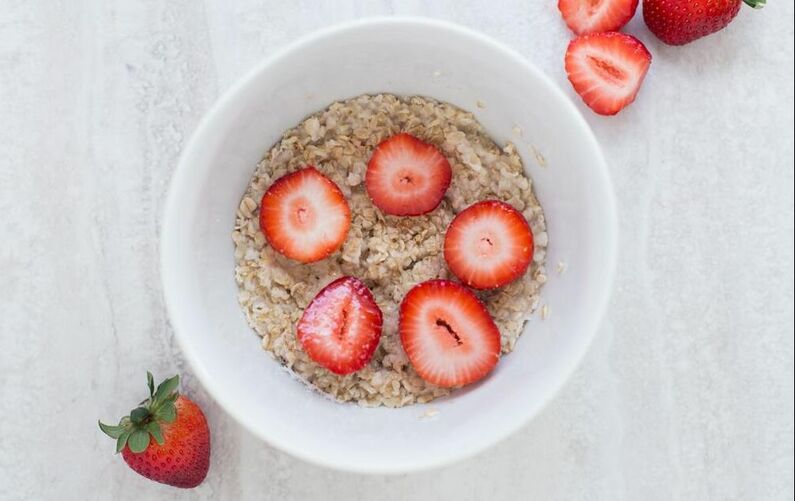
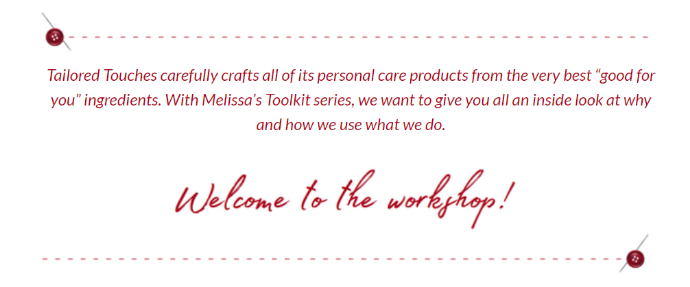


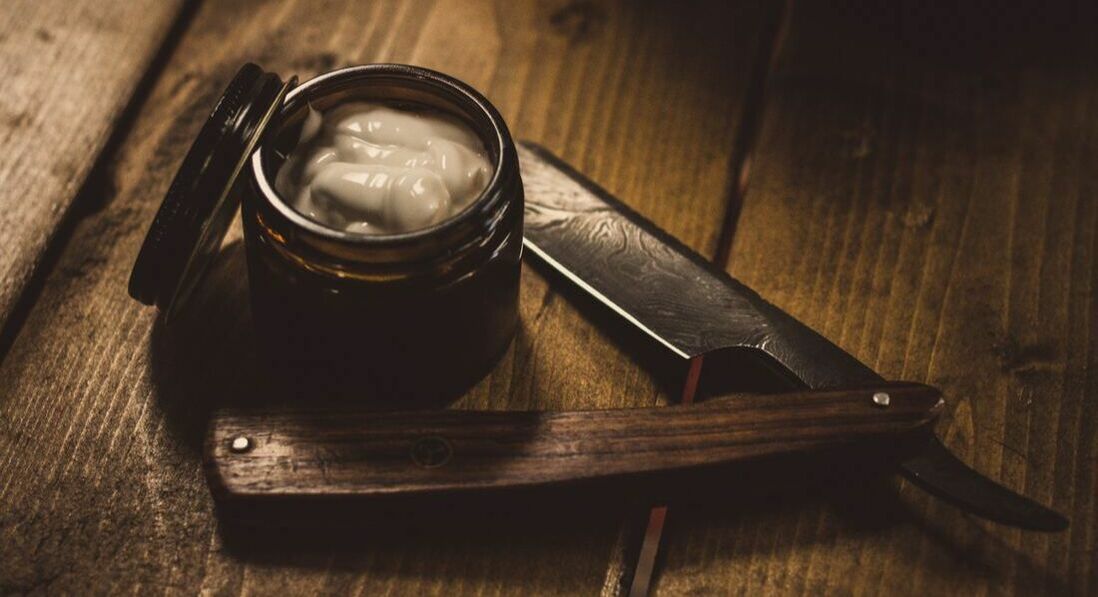

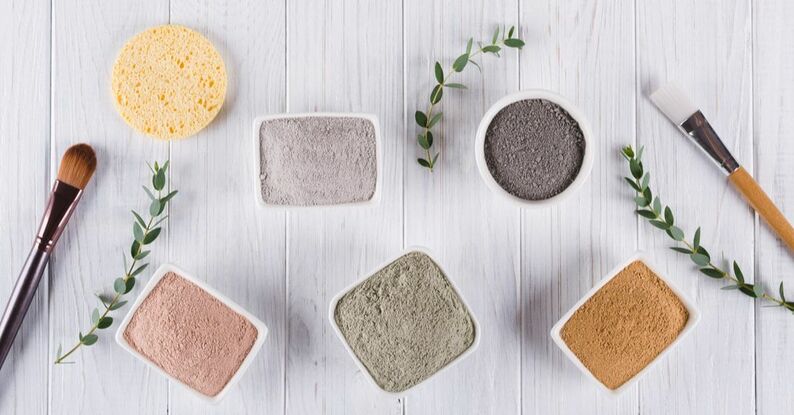

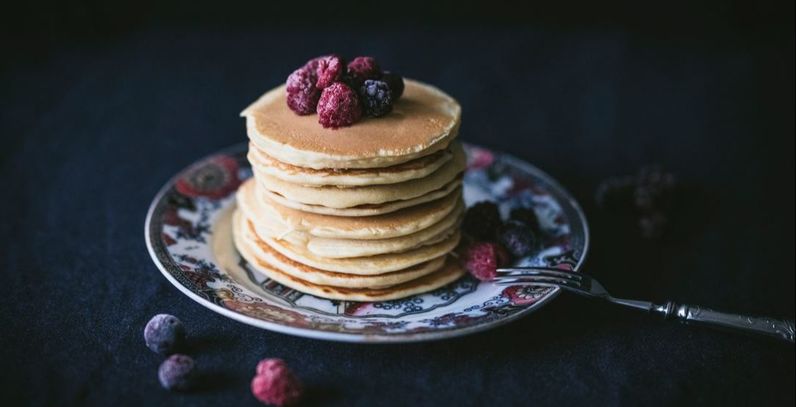
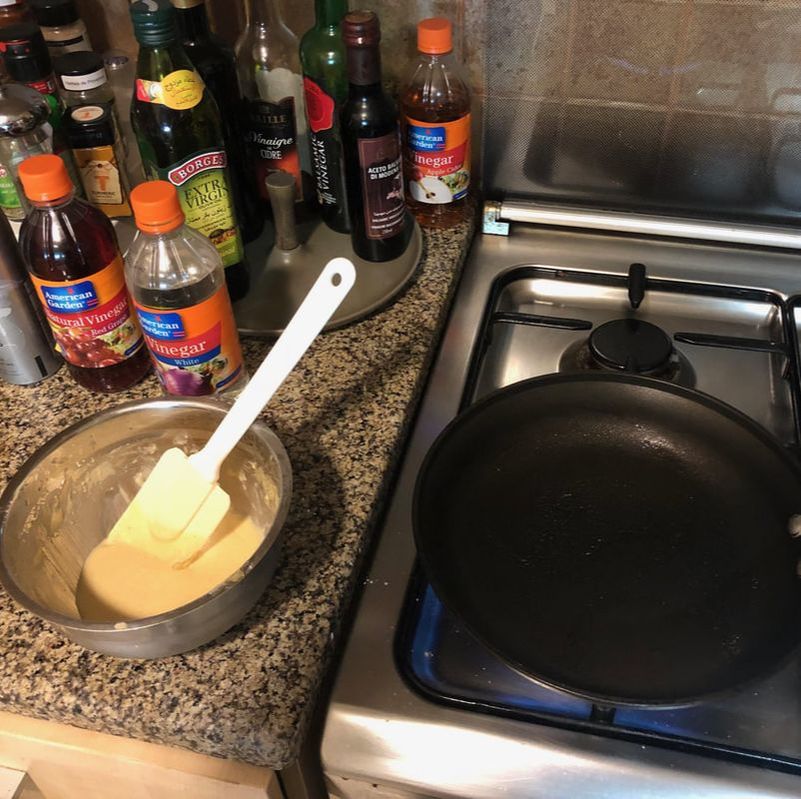
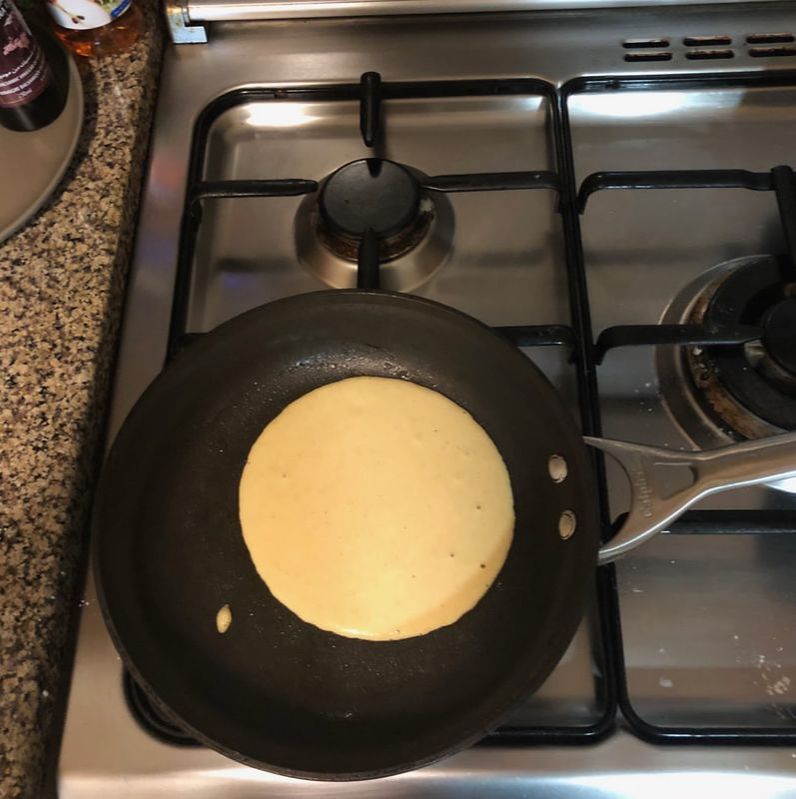
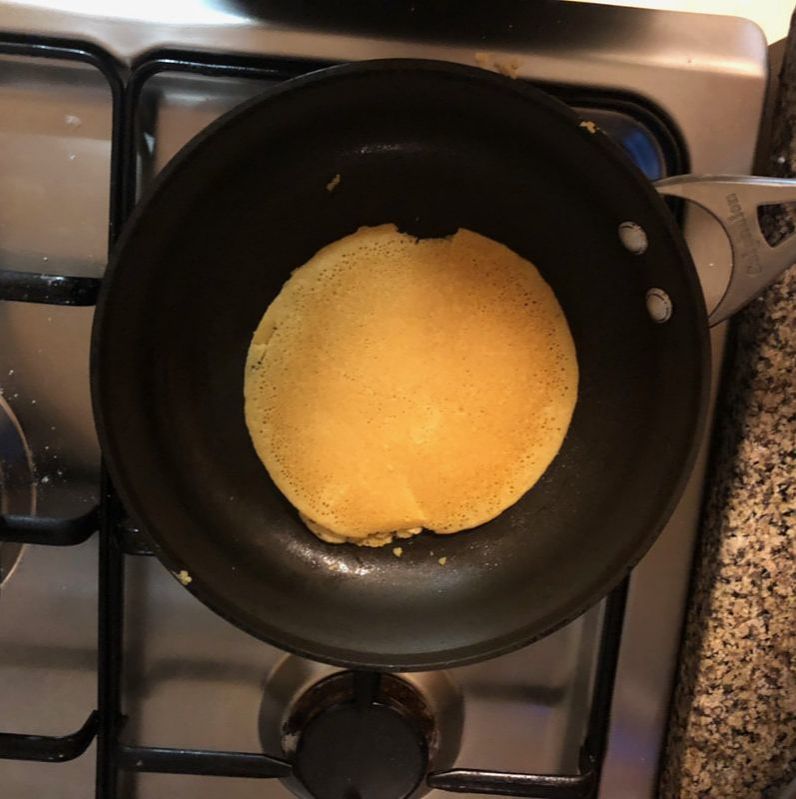
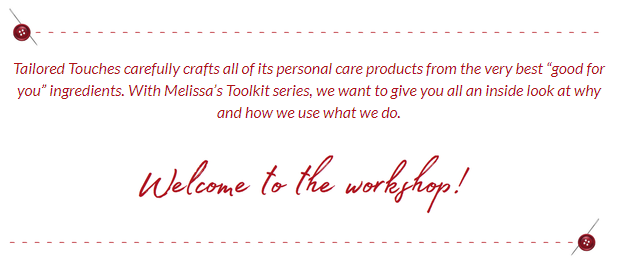
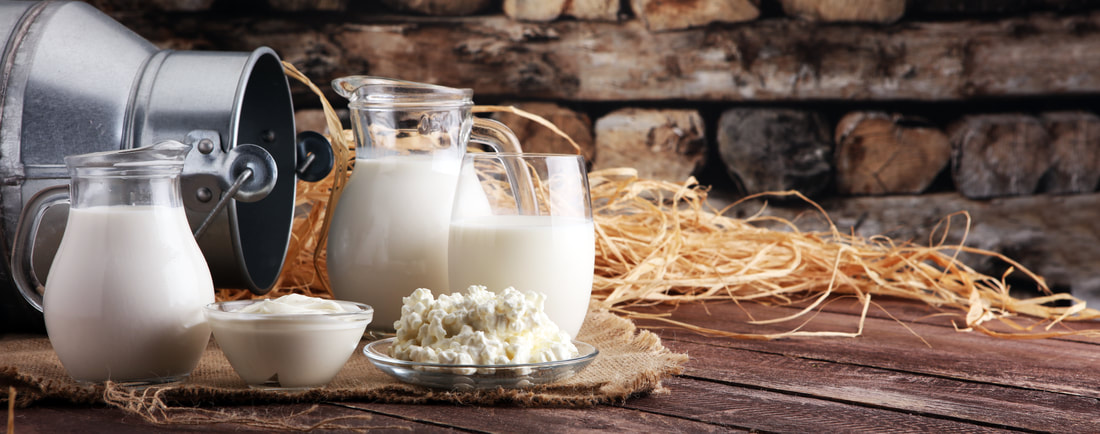





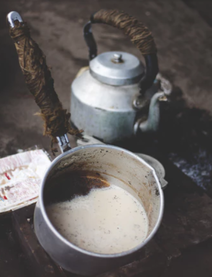


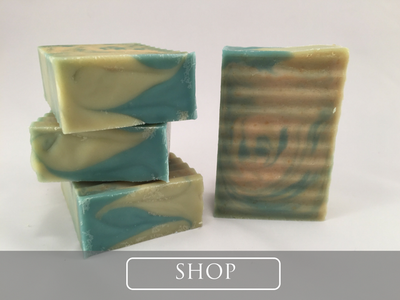
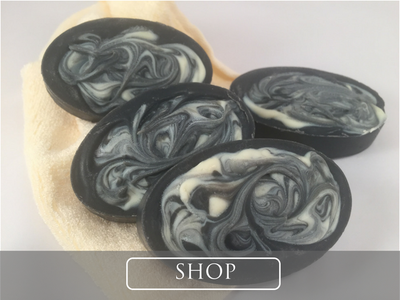

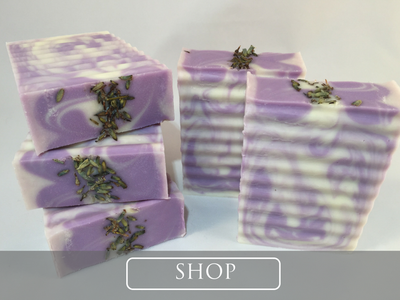
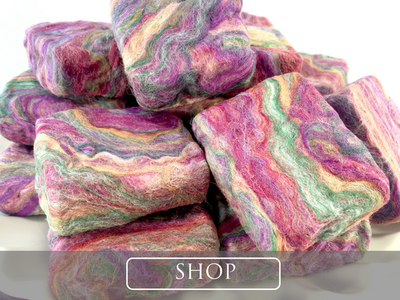

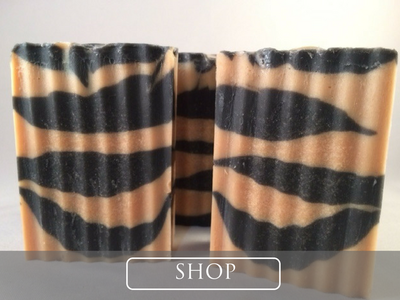
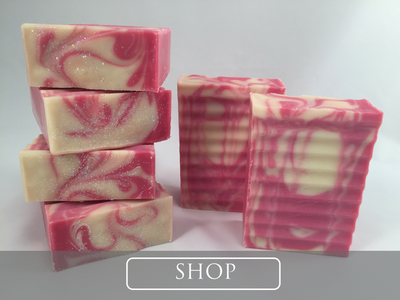
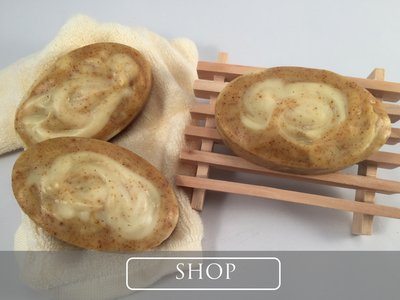
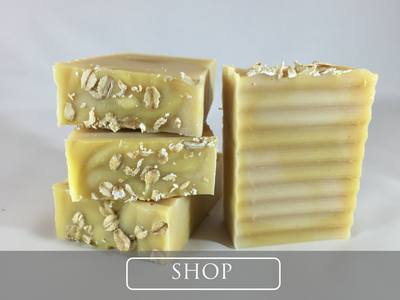
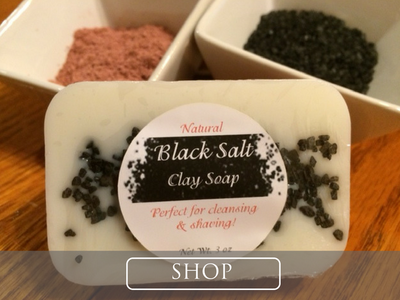

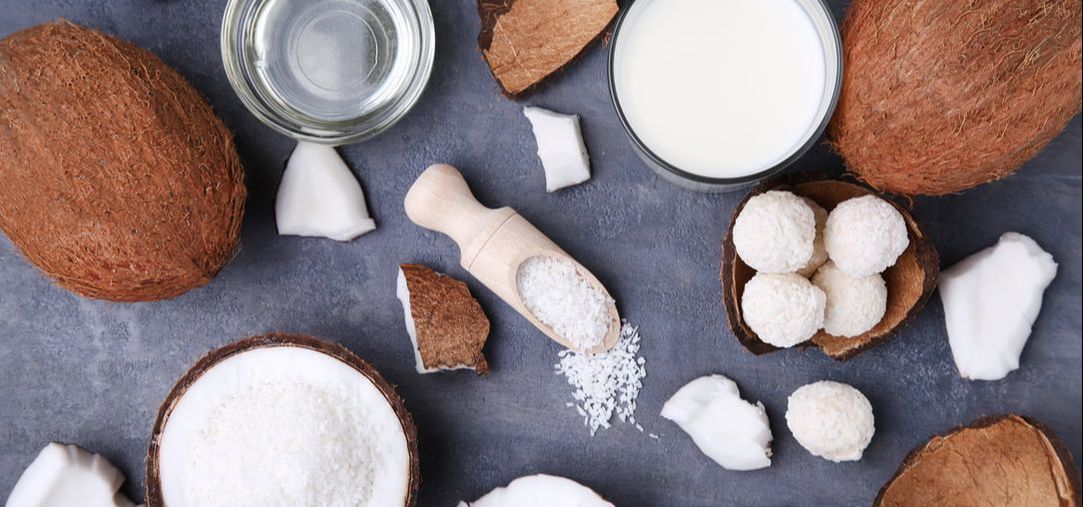





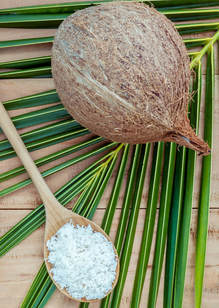


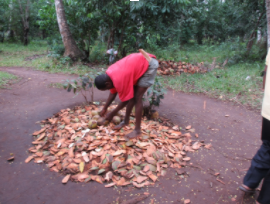
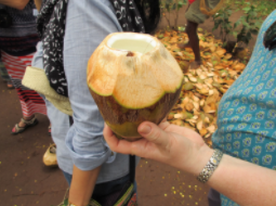

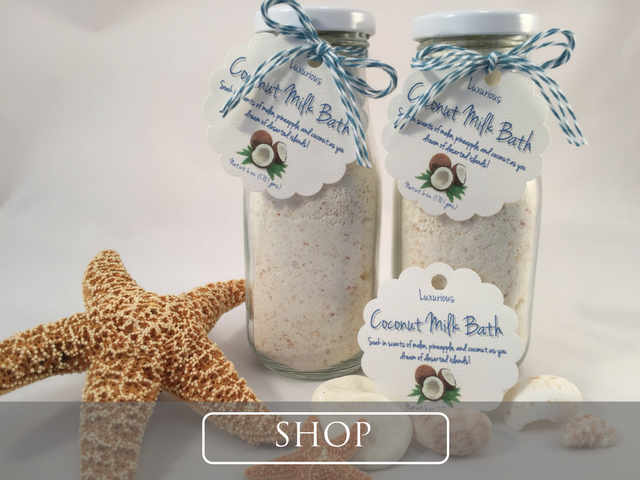
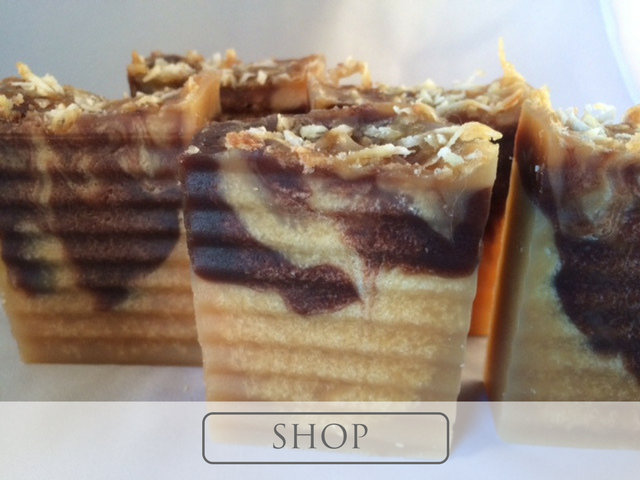
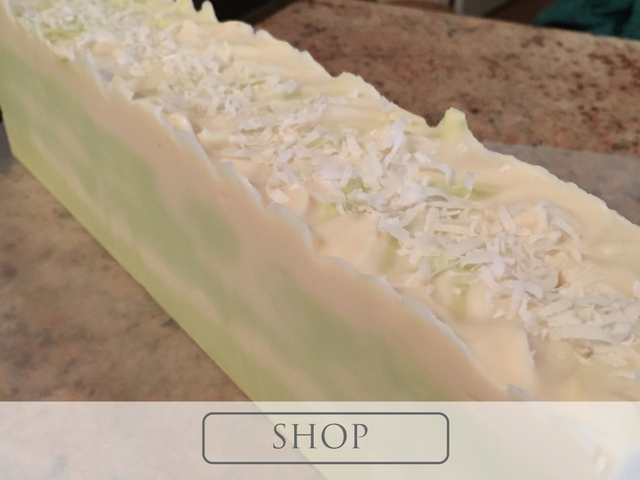
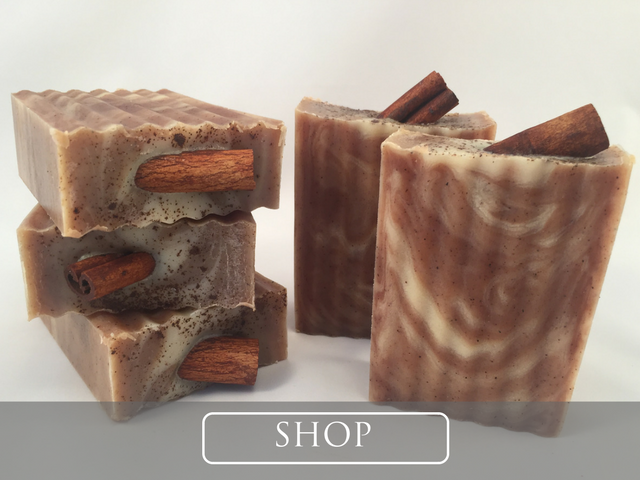
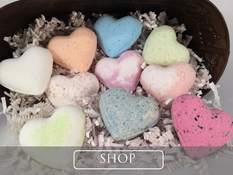



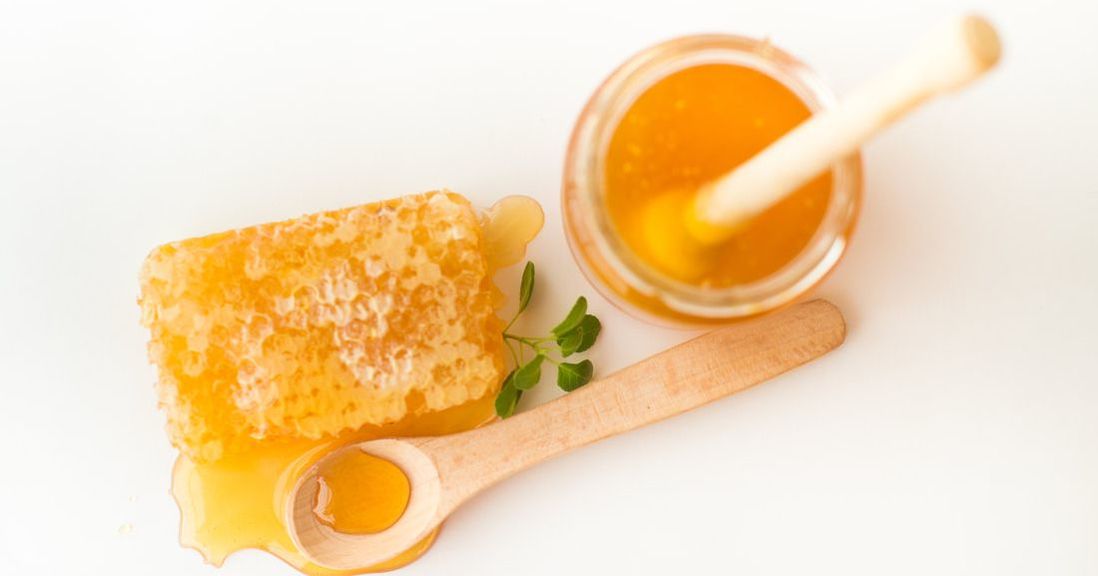

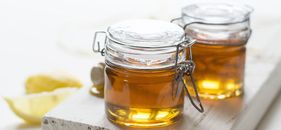





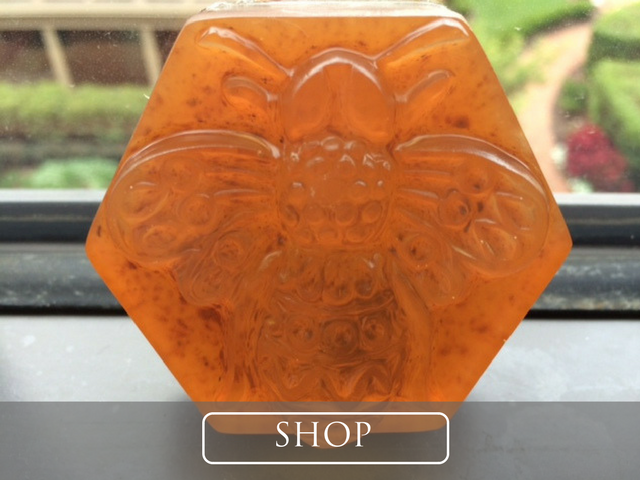
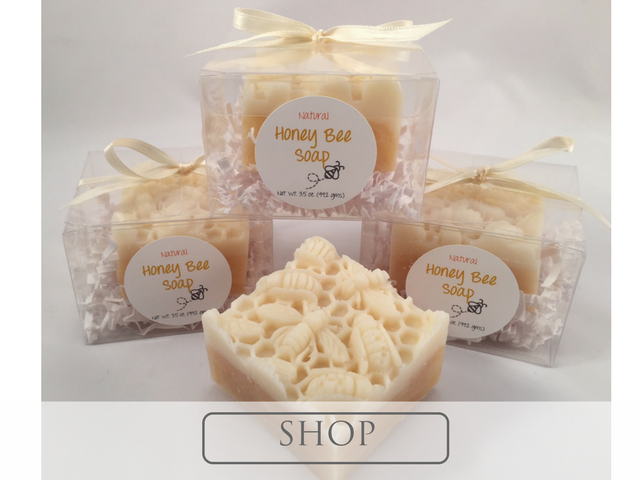
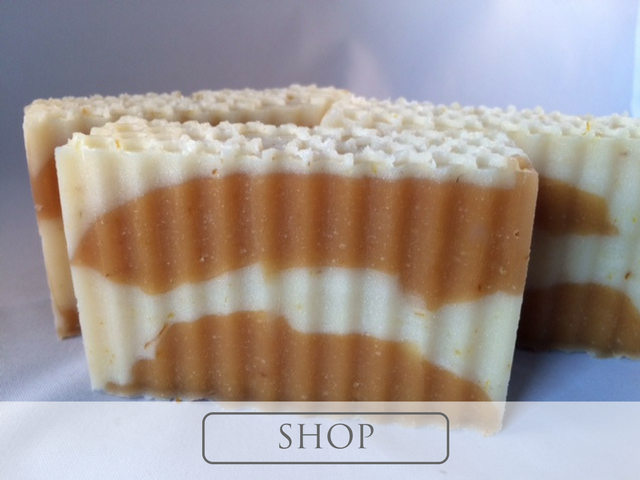

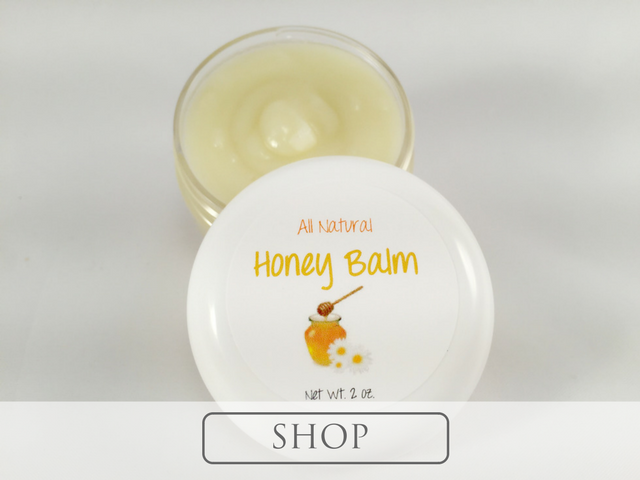
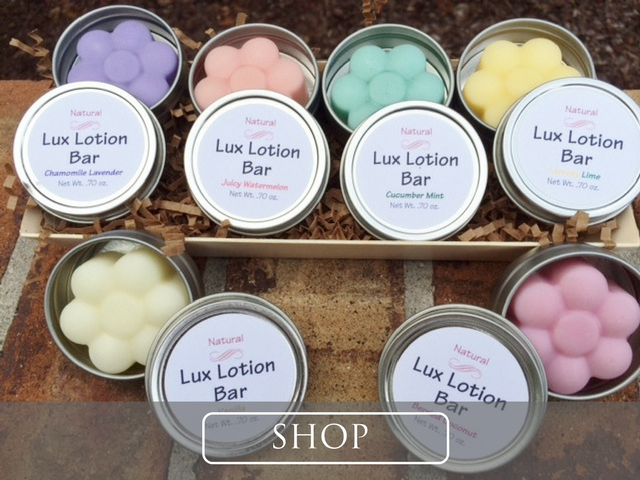
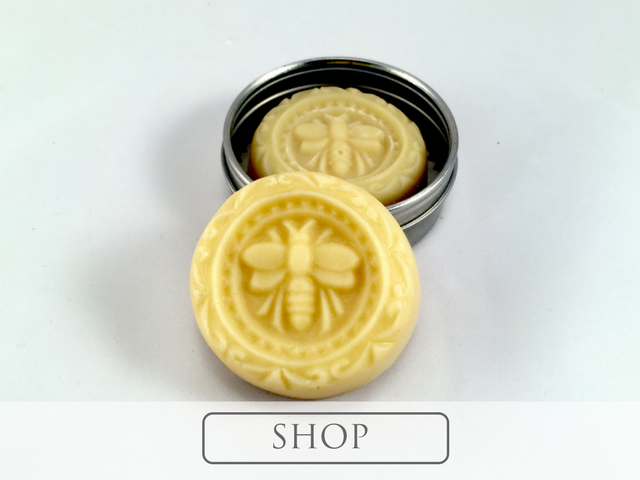
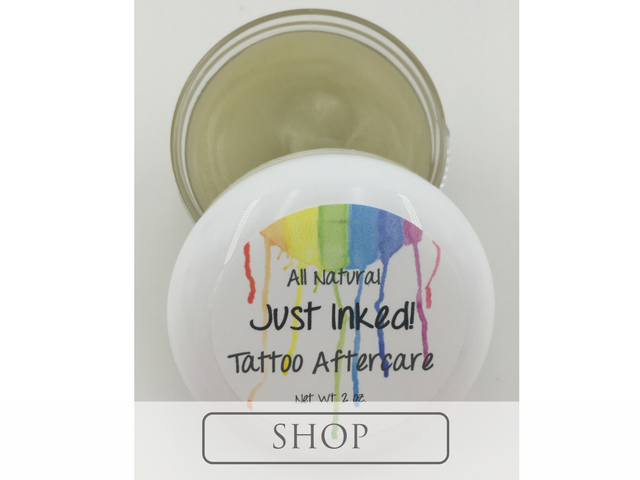
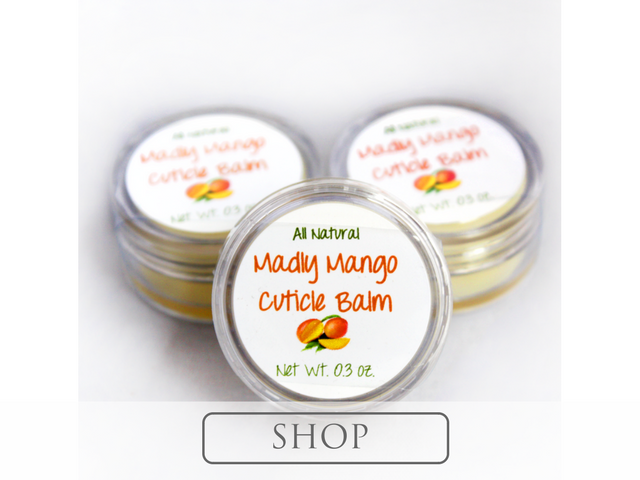
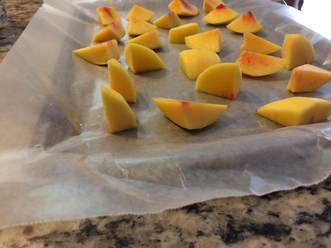
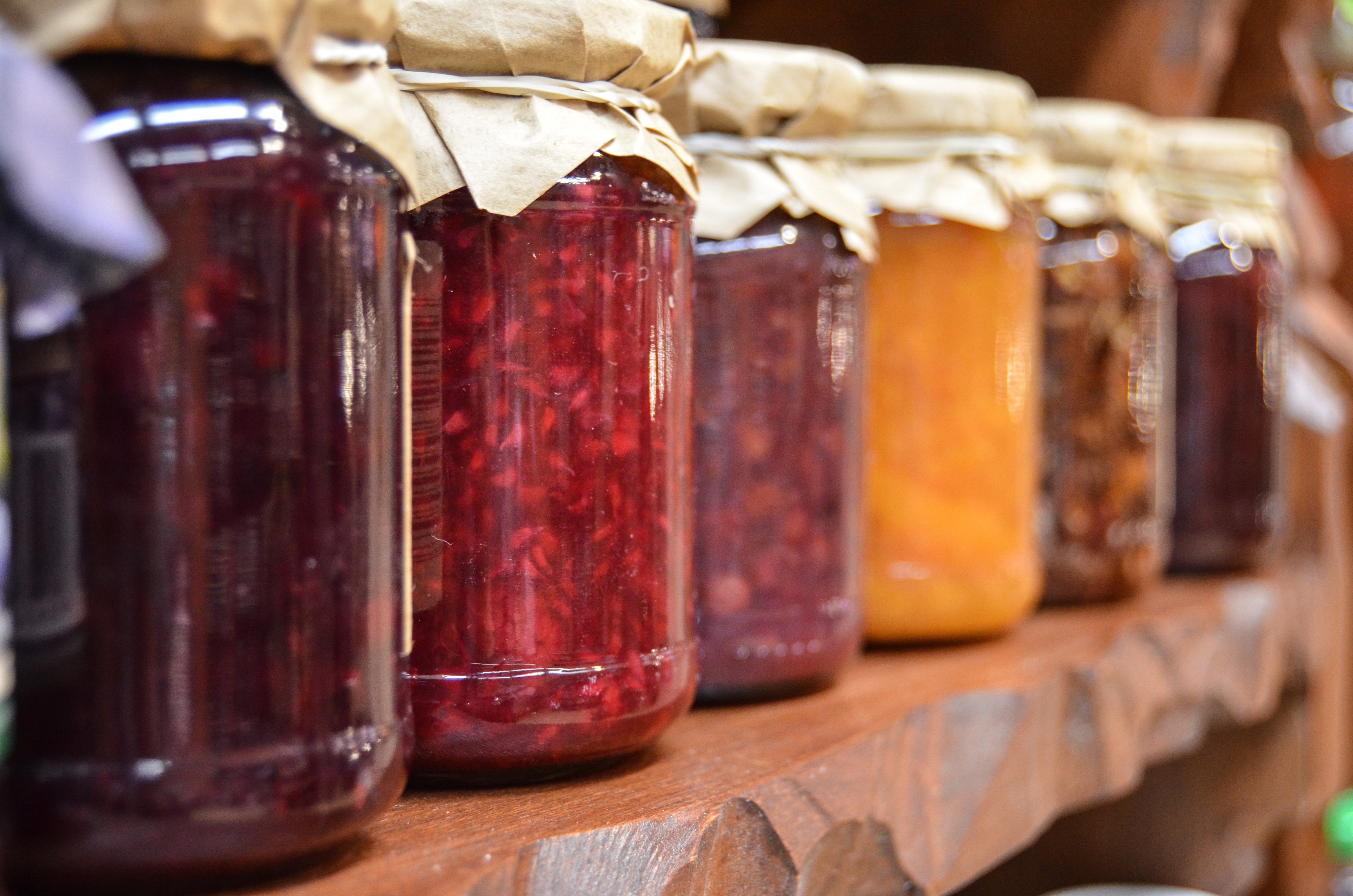
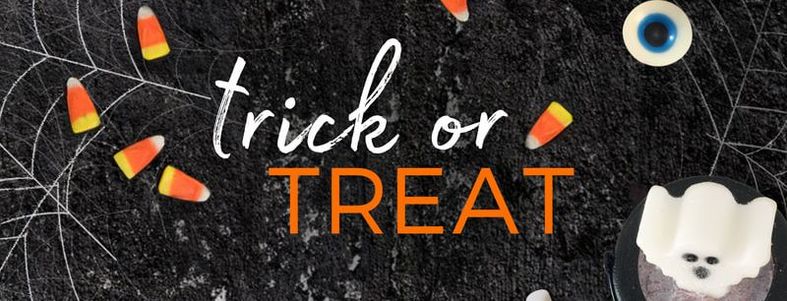
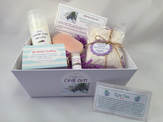
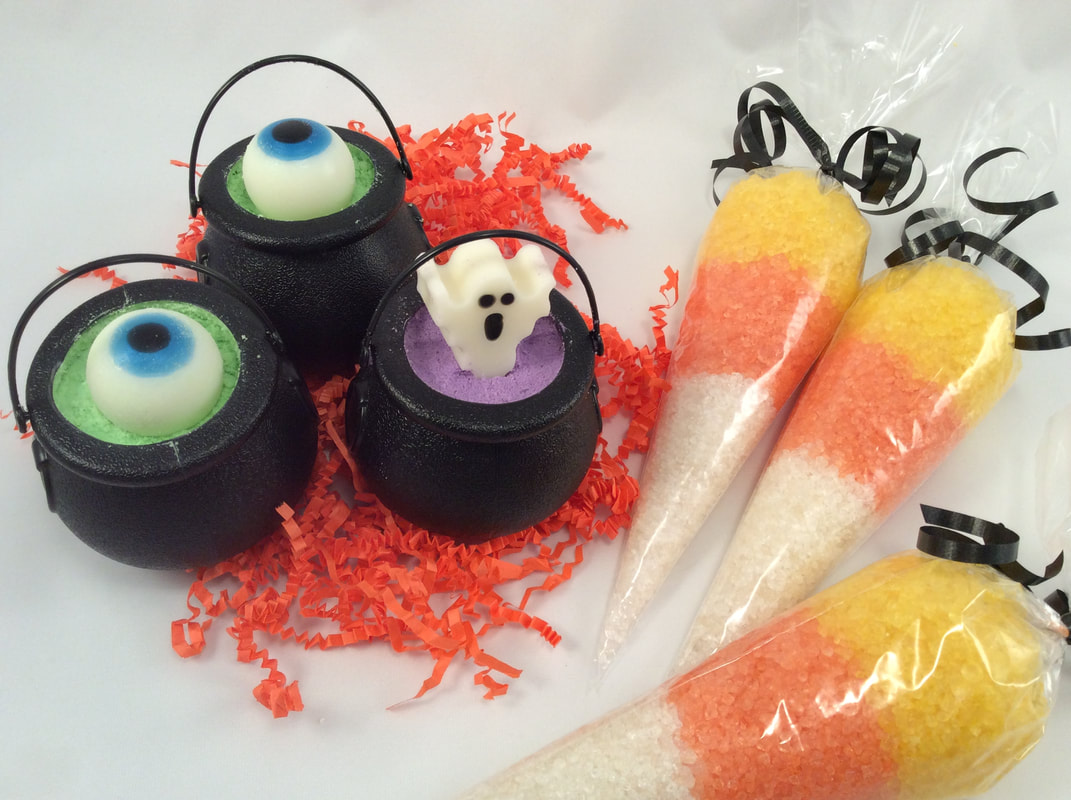
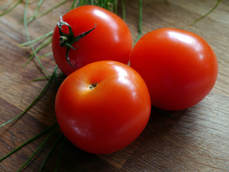
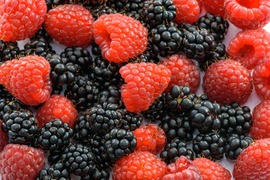
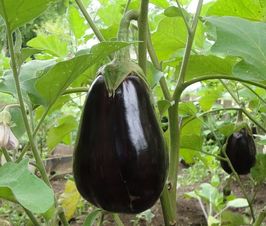

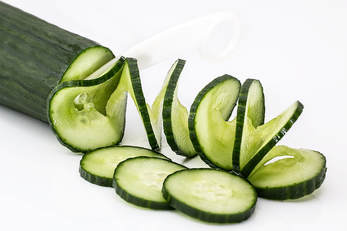
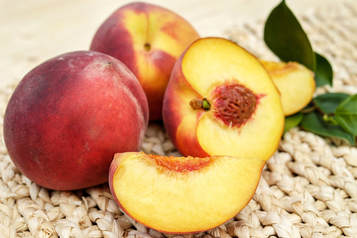

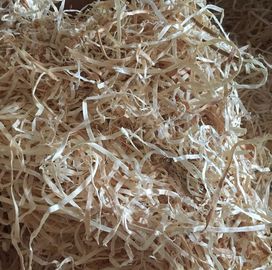


 RSS Feed
RSS Feed


